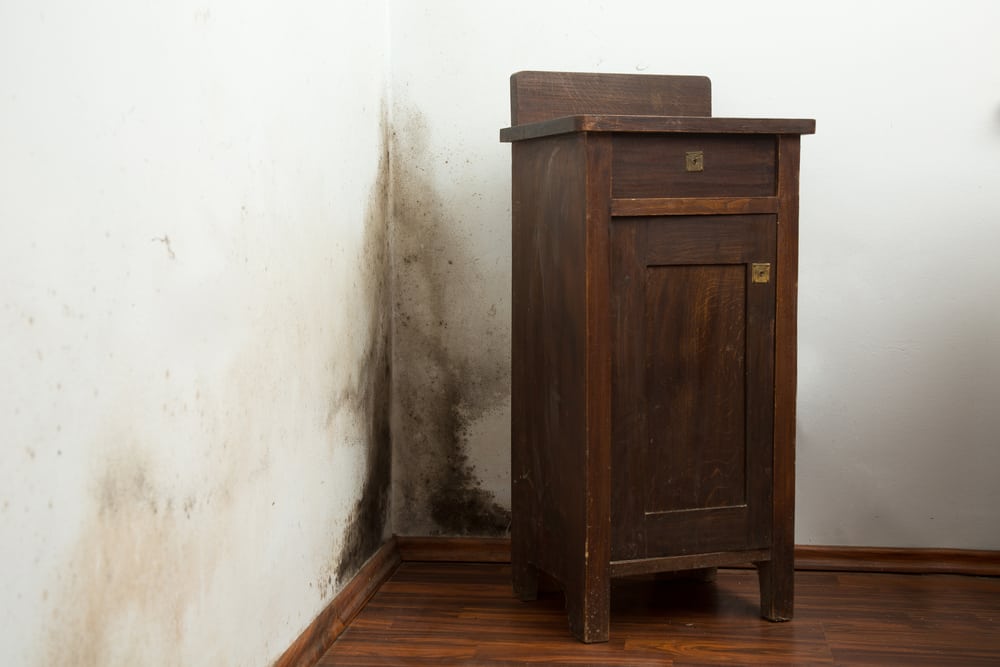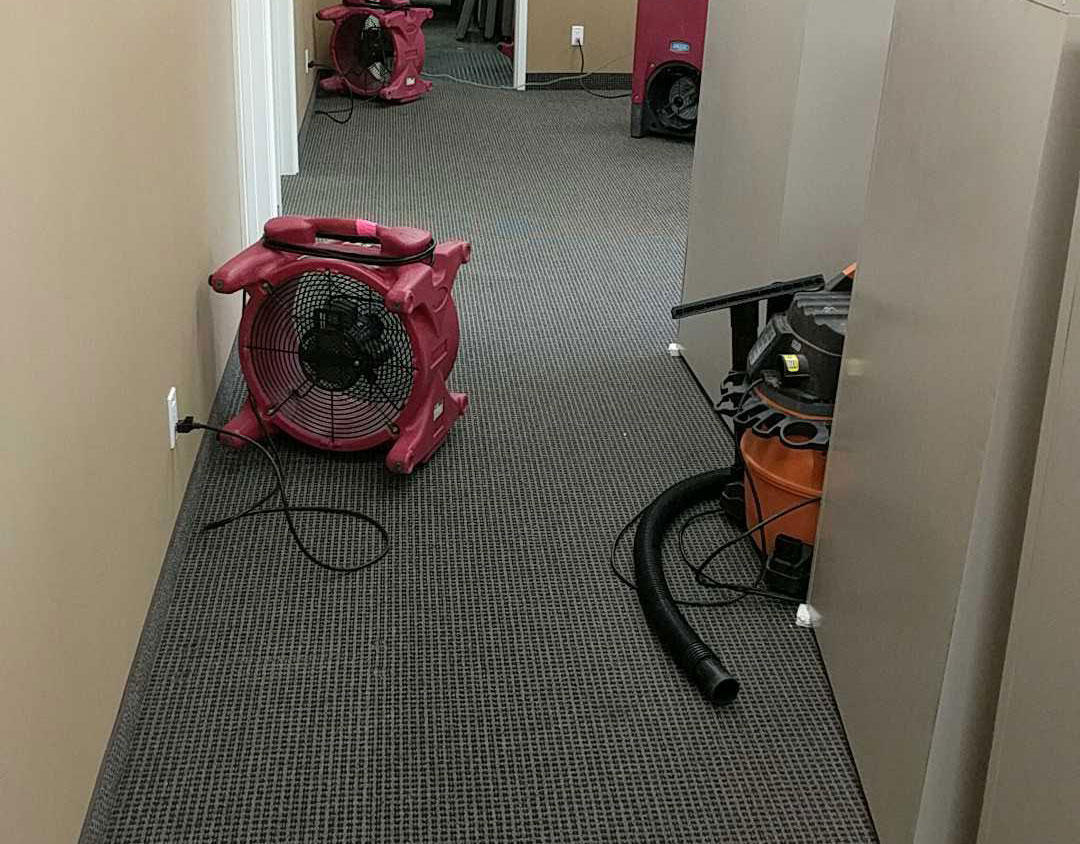Many people think of mold as something you’d find behind a wall or under a sink, but it can also hide in places most wouldn’t expect like your air ducts. Whether you’re using air conditioning in the summer or heat in the winter, your HVAC system can move air throughout every room in your house. If mold ends up in your ductwork, those spores can travel right along with it, spreading faster than you’d think.
The tricky part is that you can’t always see or smell mold in your ducts. It’s often hidden inside the metal tubing or behind vents. That means it can go unnoticed for months or even years. During that time, it can have an effect on the indoor air you breathe every day. And if you’re in Michigan, where hot summers and damp conditions can make mold growth more likely, this becomes an even more pressing concern.
Understanding Hidden Mold in Air Ducts
Mold doesn’t need much to grow—just a little moisture and something to feed on, like dust or debris inside your ductwork. When your AC or furnace runs, condensation from temperature differences can build up inside the ducts, especially during a warm, sticky Michigan summer. Combine that with limited airflow or neglecting filter changes, and you’ve got a recipe for mold to thrive.
But what makes mold in air ducts particularly sneaky is how invisible it can be. You won’t usually see mold unless you’re taking apart the ductwork, and you might not even smell the musty odor you’d associate with mold. The signs are often subtle, which makes it harder to connect them to the real source.
Sometimes, what’s happening in your air ducts gets overlooked because you can’t spot anything obvious. Maybe you’re dusting more often, or maybe that one room always feels damp or musty. It’s easy to chalk it up to Michigan humidity or everyday house stuff, but those could be clues pointing to something deeper hiding behind the vents.
Health Issues Linked to Mold Exposure
When mold is present in the air system, those spores don’t stay put. Every time the HVAC kicks on, it’s blowing air and possibly mold spores into every room. This exposure can lead to mild to severe reactions, depending on how sensitive someone is and how much mold is actually present.
Here are a few signs you or someone in your home may be reacting to mold in the air ducts:
– Constant sneezing, coughing, or congestion with no clear cause
– Dry, itchy eyes or throat while indoors
– Headaches that seem to come and go with time spent in the house
– Trouble breathing or worsening asthma symptoms
– Feeling tired or foggy without explanation
Children, older adults, and anyone with allergies or respiratory conditions are more likely to feel the effects. Even if symptoms start out small, being around mold over time can make them worse. If those health issues seem to improve when you’re away from home, like after a vacation or even just a weekend outdoors, that’s another sign there might be something in the air system affecting your well-being.
Before jumping to conclusions, the next logical step is to figure out if mold is really the source of the problem. That’s where expert testing comes into play.
Importance Of Professional Mold Testing Services
Once you start suspecting mold in your ducts, having the air professionally tested is the safest next step. HVAC systems are layered and complex. Mold might be hiding in spots you can’t reach or see. Without the right tools, it’s easy to miss contaminated areas and leave the problem behind. That’s why an expert can be a difference-maker when it comes to uncovering what’s really happening inside your home.
Professional mold testing services take the guesswork out of the equation. Instead of relying on smell or symptoms alone, trained technicians use specialized equipment to detect hidden mold. This often includes checking the air quality, inspecting vents and ducts, and locating areas where moisture has been trapped.
DIY kits may promise a quick answer, but they usually fall short when it comes to accuracy and depth. You might get a basic result, but without knowing where or how bad the situation really is. In the meantime, the issue can continue spreading through the air system, making things worse over time.
Professional testing also helps you get a clear plan forward. When the mold is located and tested properly, it can be removed safely without risking more exposure. That’s important when you’re protecting your family and your home’s air.
Steps To Take If You Suspect Mold In Your Air Ducts
If something seems off and you think mold may be in your air ducts, acting quickly helps limit its impact. Even if signs are small, it’s a good idea to take action rather than wait it out or ignore it.
Here’s a simple list of what to do if you’re noticing any red flags:
1. Take note of symptoms: Keep track of when and where symptoms like sneezing, headaches, or musty smells occur. Look for patterns, like symptoms going away when you’re out of the house.
2. Check visible vents: Look at the air vents you can access. Do they have black or brown spots? Is there any condensation building up around them?
3. Avoid turning on the HVAC: If you strongly suspect mold, lower the chance of spores spreading by keeping the system off until it can be checked.
4. Don’t try to clean it yourself: Scrubbing mold out of vents won’t fix the deeper issue and could blow more spores into the air.
5. Call in professionals: Get a mold inspection and testing scheduled by someone with experience working on HVAC systems.
If you take quick steps early on, you can avoid bigger problems down the line. Waiting too long gives mold more time to settle deeper into the ducts, making cleanup harder and more expensive.
Ensuring A Healthier Home Environment
Prevention often starts with awareness. Once you’ve gone through the cleanup process, the best way to avoid future problems is keeping up with routine maintenance. Ductwork that’s kept dry and clear of debris is much less likely to attract mold.
To help reduce moisture and buildup, here are a few tips:
– Replace HVAC filters on schedule, especially during the hot and humid Michigan months
– Regularly clean around vents and returns to prevent dust and pet hair buildup
– Keep indoor humidity levels stable with a dedicated dehumidifier if needed
– Service your HVAC system at least once a year to catch early problems
Stopping mold before it grows is easier than removing it later. A clean, dry, and well-maintained air system plays a big part in keeping your home’s air healthy and comfortable.
Breathe Easier With Help From The Experts
When it comes to mold in your air ducts, it’s not worth taking chances. What’s out of sight shouldn’t be out of mind, especially when it affects the air your family is breathing every day. Catching mold early and getting it properly tested can make all the difference.
With the right steps and support, you’ll feel more confident knowing your home is cleaner and your air is safer. A trusted Michigan-based team that understands mold problems in homes like yours can help you get to the root of it and make sure it doesn’t come back.
For peace of mind and to keep your home’s air clean year-round, consider scheduling professional mold testing services through PuroClean of Bloomfield Hills. Our team can pinpoint hidden mold growing inside your HVAC system and help create a healthier living space for you and your family.




 PuroClean of Bloomfield Hills
PuroClean of Bloomfield Hills